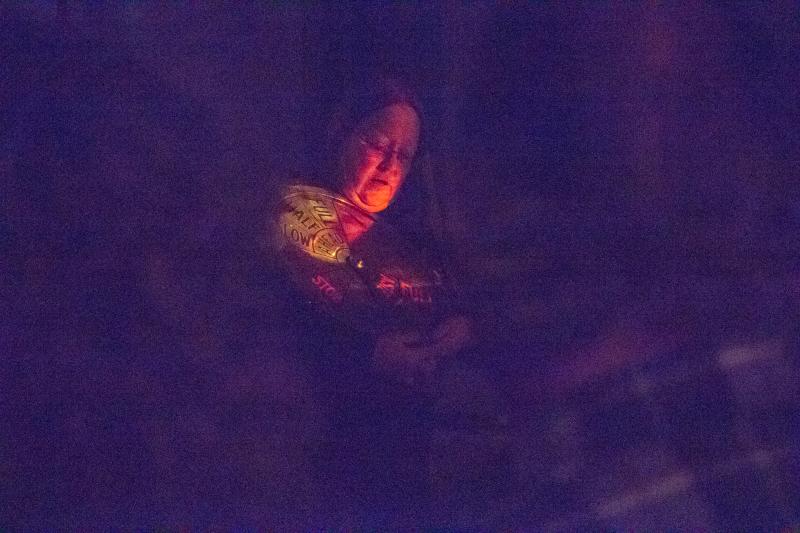Historical Society presents the gruesome mystery of the Fairfax-Pinthis collision
A crowd gathered in the drafty hall of the Old Methodist Meeting House Monday night to hear the mysterious, ghastly tale of the Fairfax-Pinthis collision of 1930.
Cindy Carter and Sandra Frankmann shared the tale of the accident, in which the Pinthis and Fairfax collided, sinking the Pinthis, and damaging the Fairfax. The rub: no one was entirely sure how the accident happened, given the mixed-up tales later recounted by the Fairfax’s captain and crew.
Though the story is largely about the sinking of the Pinthis, a much smaller ship, in comparison to the Fairfax, there were some slightly supernatural elements to the tale. Not only was the Fairfax nicknamed the ‘Hoodoo’, due to the fact ill luck and death seemed to follow its passage, but the captain of the Pinthis, Albert Jones, allegedly said to his sister six years prior to the wreck that, upon signing on to be the captain of the Pinthis, he had “signed his own death warrant.”
“No one knows why he said that,” Frankmann said.
The story of the sinking, Frankmann said, was equally mysterious for many years. The captain of the Fairfax, Archie Brooks, gave two variations of the sinking. In one, he telegraphed for help. In the other, he did not. Similarly, the person who received the message said Brooks had telegraphed for help, but later recanted his tale, saying he didn’t. Brooks also radioed a ship five hours away for help, instead of calling the Coast Guard.
Decades later, in the 1970s, Carter’s father, an enthusiastic wreck hunter, decided to find the Pinthis. After a dedicated search, he finally found the vessel, and came up with a theory as to how the Pinthis sank, and the Fairfax was damaged.
“When the Fairfax hit the Pinthis, she hit it at the grounded portion of the ship … which caused the Pinthis to roll over,” Carter said. “The weight of the Fairfax bent the skag, which caused the rudder … to penetrate the bow [of the Fairfax], and come out the top, creating these two holes.”
Carter’s father also managed to salvage several pieces from it, including a thermometer and the massive whistle attached to the Pinthis. Though the whistle is now bolted fast to the ground at the Maritime and Mossing Museum in Scituate, it was once a mainstay in Carter’s family home. Once the whistle was cleaned up, he brought it to the beach to blow it.
“Everyone in the neighborhood’s windows shook,” Carter said. “This was my dad’s pride and joy.”












